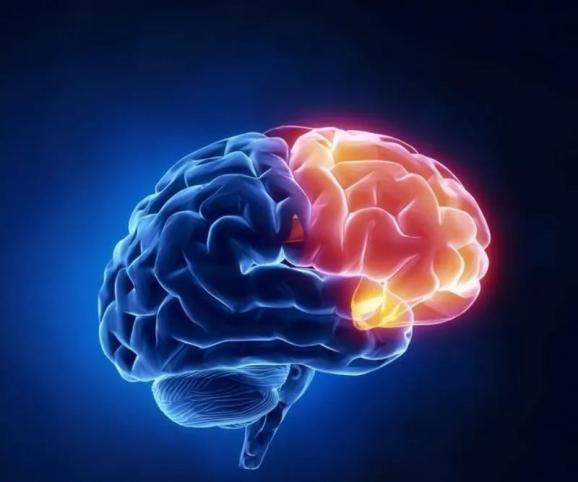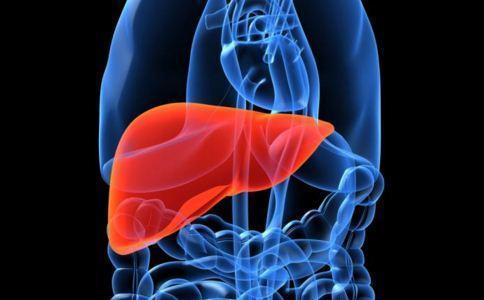Thrombosis - the sediment that hides in the blood vessels
When a large amount of sediment is deposited in the river, the water flow will slow down, and the blood will flow in the blood vessels, just like water in the river. Thrombosis is the "silt" in blood vessels, which not only affects blood flow, but also affects life in severe cases.
A thrombus is simply a "blood clot" that acts like a plug to block the passage of blood vessels in various parts of the body. Most thromboses are asymptomatic after and before onset, but sudden death can occur.
Why do people have blood clots in the body
There are coagulation system and anticoagulation system in human blood, and the two maintain a dynamic balance to ensure the normal flow of blood in blood vessels. The coagulation factors and other formed components in the blood of some high-risk groups are easily deposited in the blood vessels, gather to form thrombus, and block the blood vessels, just like a large amount of sediment deposited in the place where the water flow slows down in the river, which puts people in a "prone place".
Thrombosis can occur in a blood vessel anywhere in the body, and it is very hidden until it occurs. When a blood clot occurs in the blood vessels of the brain, it can lead to cerebral infarction, when it occurs in the coronary arteries, it is a myocardial infarction.
Generally, we classify thrombotic diseases into two types: arterial thromboembolism and venous thromboembolism.
Arterial thromboembolism: A thrombus is a blood clot that becomes lodged in an arterial vessel.
Cerebrovascular thrombosis: Cerebrovascular thrombosis may appear in one limb dysfunction, such as hemiplegia, aphasia, visual and sensory impairment, coma, and in the most serious cases, it can cause disability and death.

Cardiovascular Embolism: Cardiovascular embolization, where blood clots enter the coronary arteries, may lead to severe angina pectoris or even myocardial infarction. Thrombosis in peripheral arteries can cause intermittent claudication, pain, and even amputation of the legs due to gangrene.

Venous thromboembolism: This kind of thrombus is a blood clot stuck in a vein, and the incidence of venous thrombosis is much higher than that of arterial thrombosis;
Venous thrombosis mainly involves the veins of the lower extremities, of which deep vein thrombosis of the lower extremities is the most common. What is scary is that deep vein thrombosis of the lower extremities may lead to pulmonary embolism. More than 60% of pulmonary emboli in clinical practice originate from deep vein thrombosis of the lower extremities.
Venous thrombosis may also cause acute cardiopulmonary dysfunction, dyspnea, chest pain, hemoptysis, syncope, and even sudden death. For example, playing computer for too long, sudden chest tightness and sudden death, most of which are pulmonary embolism; long-term trains and planes, the venous blood flow of the lower extremities will slow down, and the clots in the blood are more likely to hang on the wall, deposit, and form blood clots.


 Business card
Business card Chinese WeChat
Chinese WeChat English WeChat
English WeChat